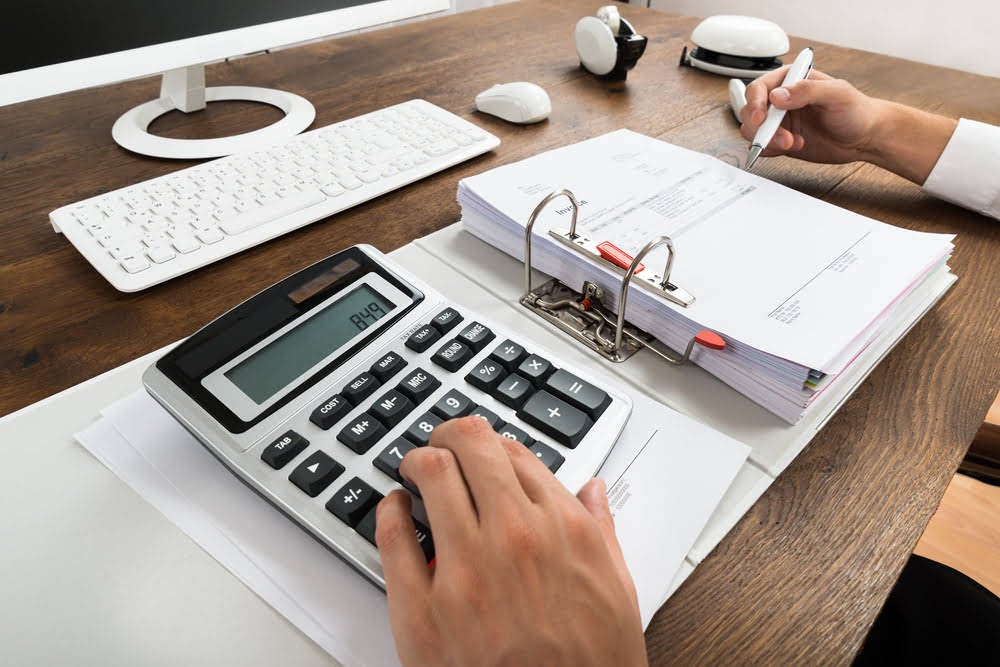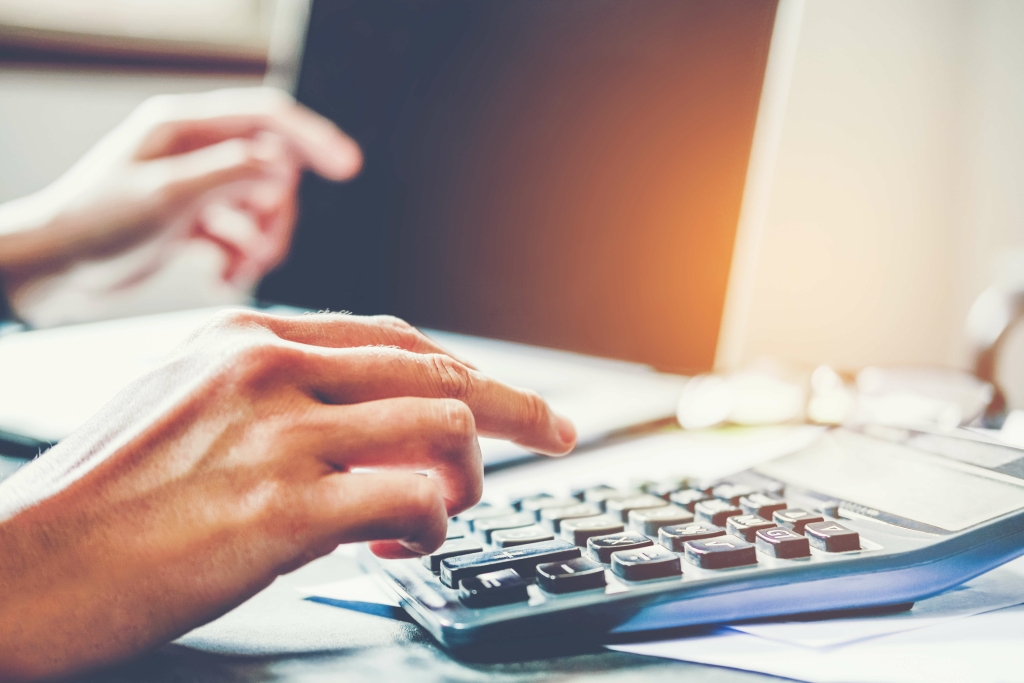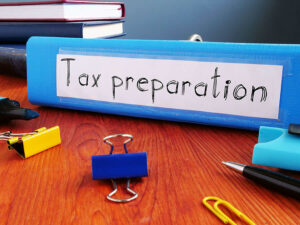Q
Plus, using Bitcoin as loan collateral adds another layer of risk. Shkreli hasn’t held back, labeling Saylor's strategy as a speculative bubble. He even went as far as to short MicroStrategy stocks, indicating he sees a storm brewing in the company's future. The company's first foray into Bitcoin was back in 2020, when they shelled out $250 million.
The Case for Bitcoin
This has led to the listing of community-driven meme coins like SUNDOG, SUNCAT, and SUNWUKONG, which saw significant price surges after listing. For instance, SUNDOG surged 37x, and Neirocto saw a remarkable asset pricing and portfolio choice theory 137x price increase. This community-driven strategy helps stabilize the valuation of these assets by ensuring they have strong market demand from the outset. There's been a lot of chatter about Bitcoin being used as a strategic reserve asset, and it’s stirred the pot quite a bit.
Geopolitical Implications
- These initiatives, alongside the CertiK review, highlight the platform's transparency, security, and user engagement.
- Treasury to buy up one million Bitcoins over the next five years.
- Whether Bitcoin becomes a US reserve asset or continues its journey independently, it will certainly influence the future of digital finance.
- Rexas Finance has found a massive, untapped market for tokenizing real-world assets.
This could bolster U.S. economic power but could also lead to other countries seeking alternatives. Bitcoin is now among the world's largest assets by market cap. As of now, Bitcoin boasts a $1.935 trillion valuation, making it a titan among tech companies and traditional assets. It's been a wild ride, with Bitcoin showing a 62% annual return, far surpassing the traditional market benchmark of 18%.
Q3: The SUNPUMP Ecosystem
While Saylor is all for it, the volatility and speculative nature of Bitcoin keep it in question. Saylor is all in, calling it "digital gold" and a reliable store of value. He’s convinced that Bitcoin acts as an inflation hedge and a reserve currency for big players. His playbook lays out a plan for continuous Bitcoin buying, seeing it as a crucial asset for financial strength. Saylor has been pretty much the poster child for Bitcoin as a go-to reserve, and MicroStrategy has been walking the walk.
Listings on CoinGecko and CoinMarketCap have also boosted its profile in the crypto community. The conversation around Bitcoin as a strategic reserve asset is far from straightforward. Saylor's bold moves have drawn attention and support, but they’ve also raised a lot of eyebrows.
With a stock price surge of 113%, they are aligning themselves with tech giants like MicroStrategy and Tesla. However, the sustainability of this strategy is called into question by India's ambiguous regulations, high taxes, and Bitcoin's inherent volatility. For Bitcoin to truly take off in corporate finance in India, we need clear regulatory pathways. To date, the company has facilitated over $2.2 billion in tokenized assets and introduced the alloBTC token, backed by 544 BTC staked via the Babylon protocol. If the U.S. can trace Bitcoin transactions, it could enhance its intelligence capabilities, disrupting illicit financial flows.
Bitcoin’s price went up by about 3.2%, hitting a new all-time high above $105,000 on December 15. This was fueled by speculation surrounding its possible designation as a United States reserve asset. It peaked at $105,100 but has since settled down to around $104,850, according to TradingView.
- The future of tokenization seems bright, but the path is fraught with challenges.
- It peaked at $105,100 but has since settled down to around $104,850, according to TradingView.
- The current regulatory hurdles, including a lack of clear guidelines, might deter other Indian companies from following Jetking's lead.
- It's laid out in something called the "BITCOIN Act of 2024." The goal?
Tokenization: The Future of Crypto Investments
Diversifying with Bitcoin could mitigate risks tied to holding traditional currencies and gold. A long-term investment strategy could also help cushion against Bitcoin's notorious volatility. But can we pause for a second to consider how batshit crazy that sounds? For investors, HTX presents a path to wealth creation, whether it's through meme coins, RWAs, or high-potential assets across other sectors. As the crypto market continues to change, HTX's ongoing expansion and support for innovative assets will likely lead to further wealth creation and market leadership.
First, it could bolster monetary stability and provide a hedge against inflation, much like gold. Second, it might enhance the US's geopolitical standing by making it a leader in digital finance. Third, it could attract capital from a digitally savvy generation, reinforcing dollarization through Bitcoin-backed stablecoins. Ethereum has changed the game for the crypto market, finance, gaming, and self-sovereign identification. However, congestion and high fees are still hurdles that limit the potential of Ethereum-based applications.
Further fueling skepticism is Bitcoin's notorious volatility. Unlike traditional currencies that central banks manage, Bitcoin’s supply is fixed and unyielding. That leads to some wild price swings, which could spell trouble for companies like MicroStrategy that are heavily invested. The future of cryptocurrency in business looks promising, especially for those willing to take calculated risks and innovate. The ongoing $1 million giveaway campaign will reward 20 lucky people with $50,000 RXS. Over 853,000 participants have joined the campaign, which also includes a 22.5% staking rewards pool to encourage participation.
RWAs: Merging the Real and Digital Worlds
In this ever-evolving landscape, this development is significant and worth diving into. In summary, the transition from gold to Bitcoin would likely result in market volatility, price increases for Bitcoin, and a reevaluation of risk management strategies. The future of U.S. economic power may hinge on navigating these challenges effectively.
While Ethereum has long held the crown in decentralized finance, Rexas Finance seems to be carving out its own niche. With its unique solutions that connect traditional finance to blockchain technology, could this be the start of something big? Let's delve into what's behind Rexas Finance's rapid rise and what it might mean for the future of decentralized finance. If Bitcoin does become a US reserve asset, it could change the game for the entire cryptocurrency market.
These high-quality assets delivered substantial returns to users, solidifying HTX's position as a crypto market leader. The tokenization of RWAs allows for fractional ownership, trading, and incentivizes sustainable management and conservation efforts. For instance, COSOLAR's tokenized solar power plant demonstrates how tokenization can promote transparency, accountability, and verification of sustainable practices. However, RWAs also face challenges such as regulatory complexity, data accuracy, and security concerns, which must be addressed to ensure their long-term success.






